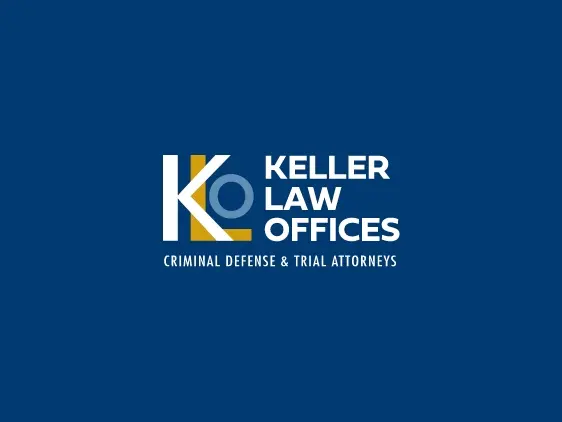A man who now lives in Minnesota spent more than 32 years calling a prison “home.” According to The News-Gazette, the now-52-year-old was convicted of murdering a 3-year-old girl in 1980. It wasn’t until May of last year that new DNA evidence demonstrated the man had been wrongfully convicted, and he was officially cleared of the charges.
Unfortunately, wrongful convictions happen more often than people may realize. Many times, they are the result of forensic evidence that was improperly collected, analyzed or reported.
What is forensic science?
Many people may assume that forensic science has to do with the testing of evidence found at a crime scene. However, forensic science also refers to the methods used by law enforcement to gather and look at evidence. Common forms of forensic science include the following:
- Testing hairs and fibers
- Comparing impression marks
- Evaluating shoe prints
- Analyzing firearm marks
- Testing DNA evidence
Law enforcement agencies and forensic teams have established policies that dictate how evidence should be collected and preserved, but in some cases, these polices are not always based on science.
Problems with inaccuracy
The problem with forensic science is that it is not always accurate. For example, a shoe print could be interpreted as one size and model when in fact the imprint has slightly different tread marks, an error overlooked because this type of evidence is not rigorously reviewed. In fact, the Innocence Project reports that improper forensic science contributes to nearly half of cases in which a DNA exoneration proved that the convicted person did not commit the crime. Such faulty evidence is a major player in wrongful convictions, second only to eyewitness misidentification.
There are a number of factors that contribute to the fallibility of forensic evidence. First, no matter how skilled a scientist is, it is still possible for some testing to turn up inconclusive or unreliable results. Second, humans are simply pone to error. Third, some technicians have been found to purposely turn in flawed reports, either omitting information or making up data.
Serology concerns
In some situations, especially those in which DNA exonerations come into play, analysts present their findings based on serology. This type of method has limitations, however, because it merely identifies a blood type, which does not pinpoint a specific person but rather a percentage of the population. It is possible that when relying on serology an analyst could misrepresent how many people have the blood type found in the sample, or that the sample itself is unreliable because it was a mixture of the perpetrator’s and victim’s blood.
A criminal conviction can have major consequences. In addition to having a mark on a permanent record, people may spend years and even decades in jail due to poor evidence. Anyone facing criminal charges should consult with a defense attorney to ensure that any evidence presented has been thoroughly examined.






